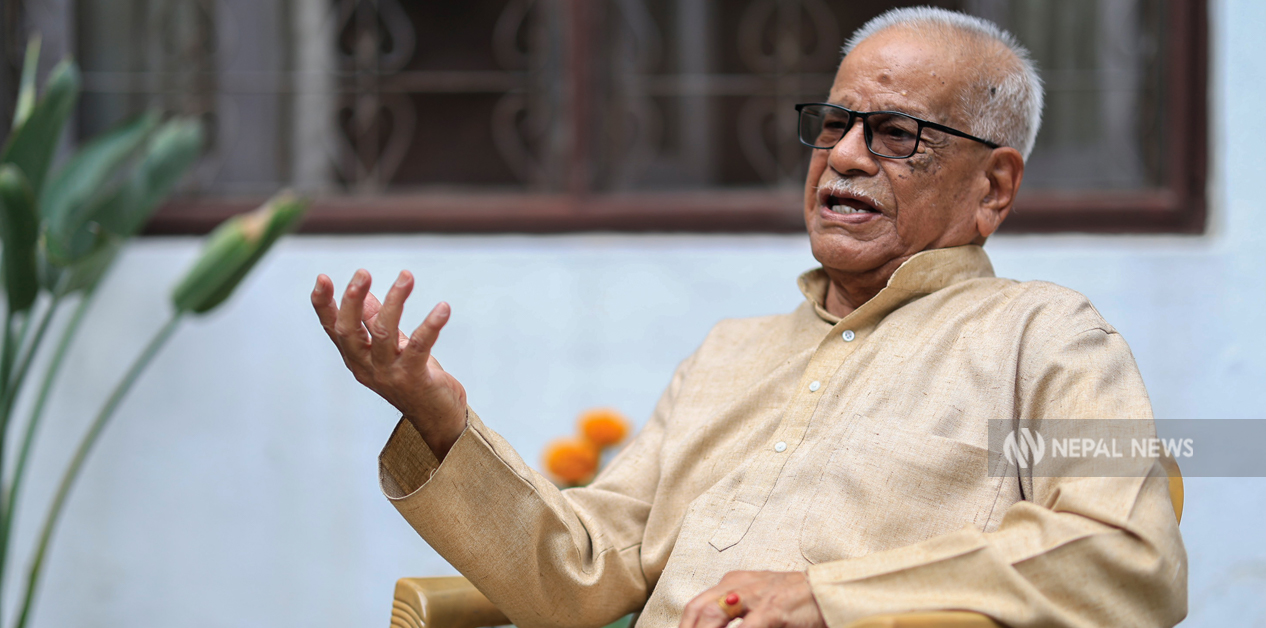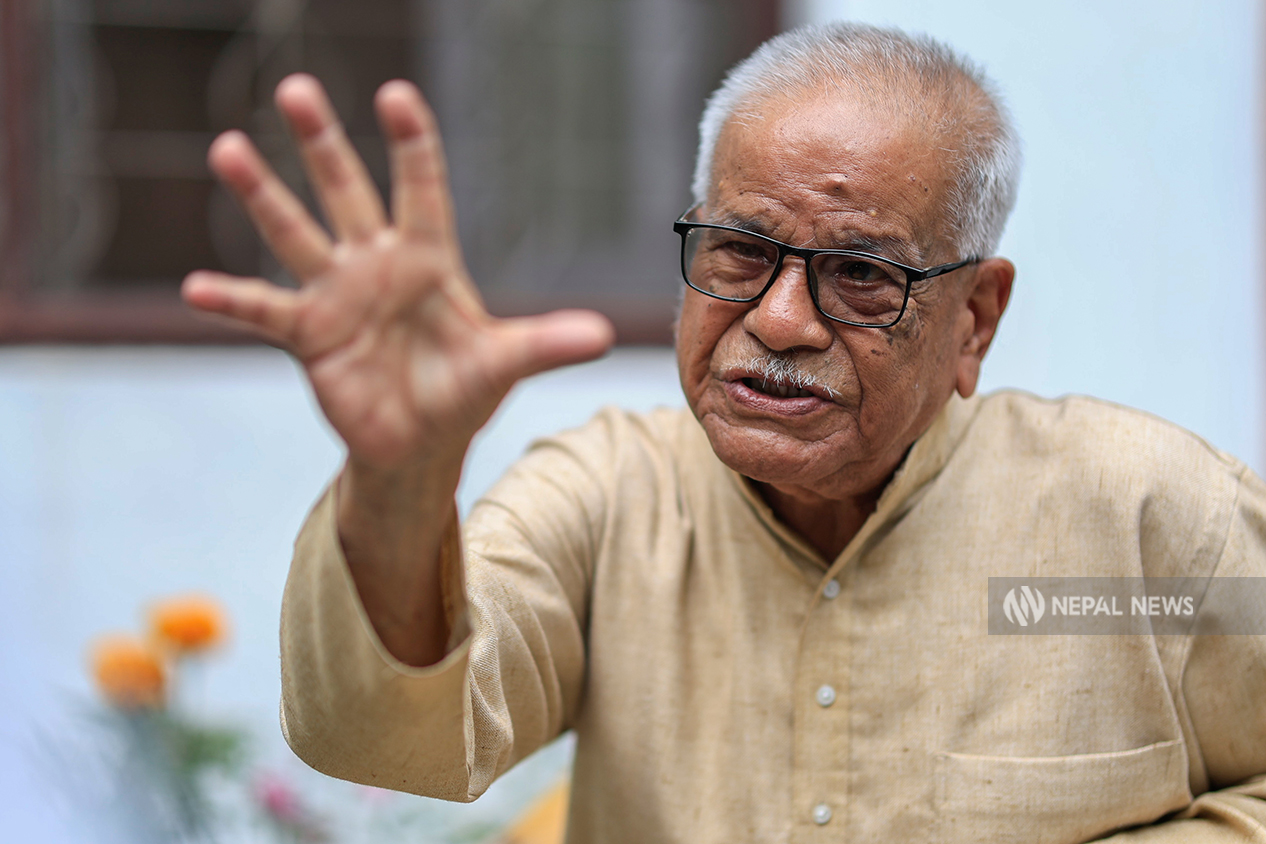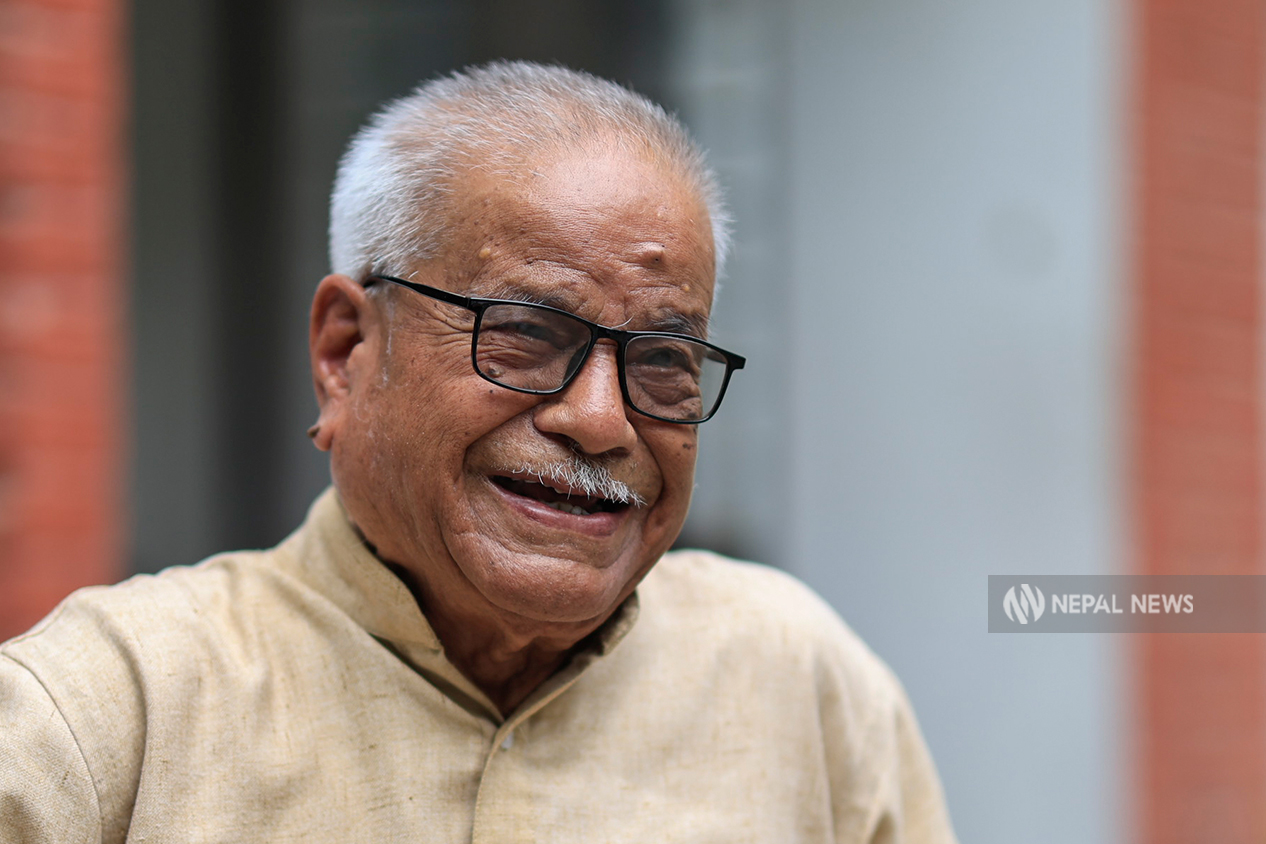
Instead of judges, party cadres now occupy the courts, as political forces push their loyalists into the Supreme and High Courts

KATHMANDU: The judiciary, in its journey from the Chief Court (Pradhan Nyayalaya) to the Supreme Court, has traversed many uphill and downhill paths. In its journey from 1951 to 2025, the judiciary has also experienced many ups and downs. During the practice of judicial independence and the delivery of justice, it often had to face the wrath of the rulers, and rulers attempted to bring it to their side. However, the court successfully thwarted those attempts and maintained the persona of an independent judiciary, standing where it is today. The challenges of yesterday and today are different. New challenges have been added to the court now. With the objective of always keeping the judiciary independent, a separate structure, the Judicial Council, was formed for the appointment of judges.
We created a mechanism for the appointment of judges, but who exactly a judge was not entirely clear. What is a judge? What kind of person should become a judge? What kind of practices should be adopted by a judge for the progressive judiciary? These were not made clear. Before understanding the role of a judge, it is necessary to understand the structure of the court. Currently, the District Court is the court of first instance, followed by the High Court, and then the apex court, the Supreme Court. The verdict from the Supreme Court is the final verdict. Cases originating from the District Court are ultimately settled by the Supreme Court.
The Special Court and Authorities are formed only for specific purposes. The Constitution has set different qualifications for the judges appointed to these courts. The reason they were made different is that each has its own importance. The difference between the qualifications of a judge appointed to the District Court and a judge appointed to the Supreme Court is the complexity involved in the administration of justice. However, the understanding regarding this was wrong. The perception became that a person appointed to the District Court is also a judge, and a person appointed to the Supreme Court is also a judge.
A judge appointed at the district level may or may not reach the Supreme Court. However, the majority of competent judges appointed at the district level must compulsorily reach the Supreme Court. Only this can make the judiciary fearless and instill respect for justice. Previously, judges were only appointed from the cadets of judicial service. Gradually, as that was not enough, judges started being appointed from legal professionals and employees of the judicial service as well. This system was put in place to ensure fairness and transparency in justice and prevent injustice to anyone. Judges at the District Court level are still appointed after passing the Public Service Commission’s examination. Judges in the High Court and Supreme Court are appointed directly.
Even when I was appointed as a judge, it was difficult. At that time, judges were only appointed to the District or Regional Courts. That, too, had to be authorized by the King. Upon reaching the Palace, all details were collected from the CIB (Central Investigation Bureau), police, and military intelligence, and only after recommendations came from all sides was a person appointed a judge. Whether that practice was good is no longer a matter of debate. Now that new structures and mechanisms have been created, it is necessary to debate and reform the recommendations made by them.

In the past, a Standing Committee led by the Chief Justice was formed to appoint judges. It had three judge members. The Palace would make a decision based on the names they would roster and send. Now there is the Judicial Council and the Constitutional Council. The Judicial Council recommends judges for the High, District, and Supreme Courts. The Constitutional Council recommends the name of the Chief Justice. Unlike before, the appointment of the Chief Justice and judges of the Supreme Court now undergoes a parliamentary hearing. This, too, has both positive and negative aspects. The positive aspect is that the people’s representatives get to hear and scrutinize the judge, but the wrong part is that our parliament did not show that capacity. It went so far that those making the recommendations did so on the basis of political quotas, and the parliamentarians approved the names of judges by asking sub-standard questions. This failed to stop the distortions in the selection of judges.
A judge is a person who must listen to everyone’s arguments and deliver the correct justice. Everywhere, the judge is symbolized by a statue with a blindfold. The message it seeks to convey is that the judge is, and must be, impartial towards justice, not towards anyone else. To be impartial, a judge needs to be experienced. Where does experience come from? It comes from doing a lot of work. A judge appointed in the district gains a lot of experience there, then gets promoted to the High Court, and eventually reaches the Supreme Court. A person who reaches the Supreme Court this way has been selected at least three times across three levels. The belief is that such a person can understand all aspects of justice and deliver it. If a judge has been directly appointed to the High Court, they would be learning and gaining experience there.
Nevertheless, there is a difference between a novice and a mature judge. This very difference can cause justice to die, even without ill intent. To prevent justice from dying, career judges should be given priority up to the Supreme Court. Career judges and directly appointed judges can work together to deliver justice. It is essential that the number of career judges is always greater than that of directly appointed judges. However, the current situation is the exact opposite. There are zero career judges in the Supreme Court, and their numbers are decreasing in the High Courts as well. This has lowered the standard of justice, and the prestige and dignity of the judiciary have also weakened. Justice is not easy. Fairness touches people’s hearts. If injustice is done by a judge, people become frustrated. Some even take their own life. Therefore, a judge must deliver justice in a way that can bring peace to a person’s heart. While delivering justice, it may not be possible to satisfy both parties to a case, but justice should not be delivered in a way that makes one feel that complete injustice has occurred. For all these things, a judge needs to be competent, experienced, and mature.

When appointing judges, bringing an individual directly to the Supreme Court should only be kept as an exception. The practice of bringing judges who have been appointed and gained experience in the District and High Courts to the Supreme Court is the best. That practice has now weakened. Now, that practice must be increased. Such a practice stops the politicization of the judiciary. A person who was appointed and served in the District and High Courts understands the essence of justice and can deliver it by forgetting vested interests and political parties.
A judge must deliver justice by sensing the distress of the victim. Justice is not a mathematical formula. In the administration of justice, you cannot assert that adding two and two makes four. Earlier, judges in the past would only have high school degree. At that time, even those who passed grade four would be considered eligible for the position of judges. But they delivered judgments of much higher quality than those judges who are said to be ‘educated’ today. This is because they had immense experience.
I am not saying that all the current judges are unqualified. However, looking at the verdicts, it feels that some judges are sub-standard. The reason public comments are heard—such as “the case has been assigned to the bench of a ‘Maoist judge,’ or ‘it has been assigned to a ‘UML or Congress judge”—as soon as a hearing date is fixed, is because of the practice of direct appointments based on political quotas. If a person recommended from the District level comes to be a judge in the Supreme Court, the political impression and party proximity will already have faded. Such a judge emerges as a tested and mature judge. Just as iron or gold is melted to be given a shape, a judge also needs to be tested and refined. The fundamental problem now is the trend of making political party cadres, who are educated, judges, just because they need work.
Party cadres are directly appointed to the Supreme Court, and if that is not possible, to the High Court. Therefore, the judiciary is now recruiting party cadres, not judges. The Constitution deems a person associated with a political party ineligible to be a judge, but why are there public comments that a certain party got a quota of these many judges? For this very reason, career judges in the judiciary have decreased, and a competition for the recruitment of party cadres has started. The irony is that it is not hidden who, when a certain party is in government, engages in a kind of competition to appoint how many cadres as judges. There is a problem with the judges too. Why should a judge maintain proximity with a political party? After being appointed as a judge, shouldn’t they completely quit party politics? The level of democracy in a country is determined by the extent to which its judiciary is independent. Because if the judiciary is not independent, democracy does not survive.
Rayamajhi was a former Supreme Court Justice.